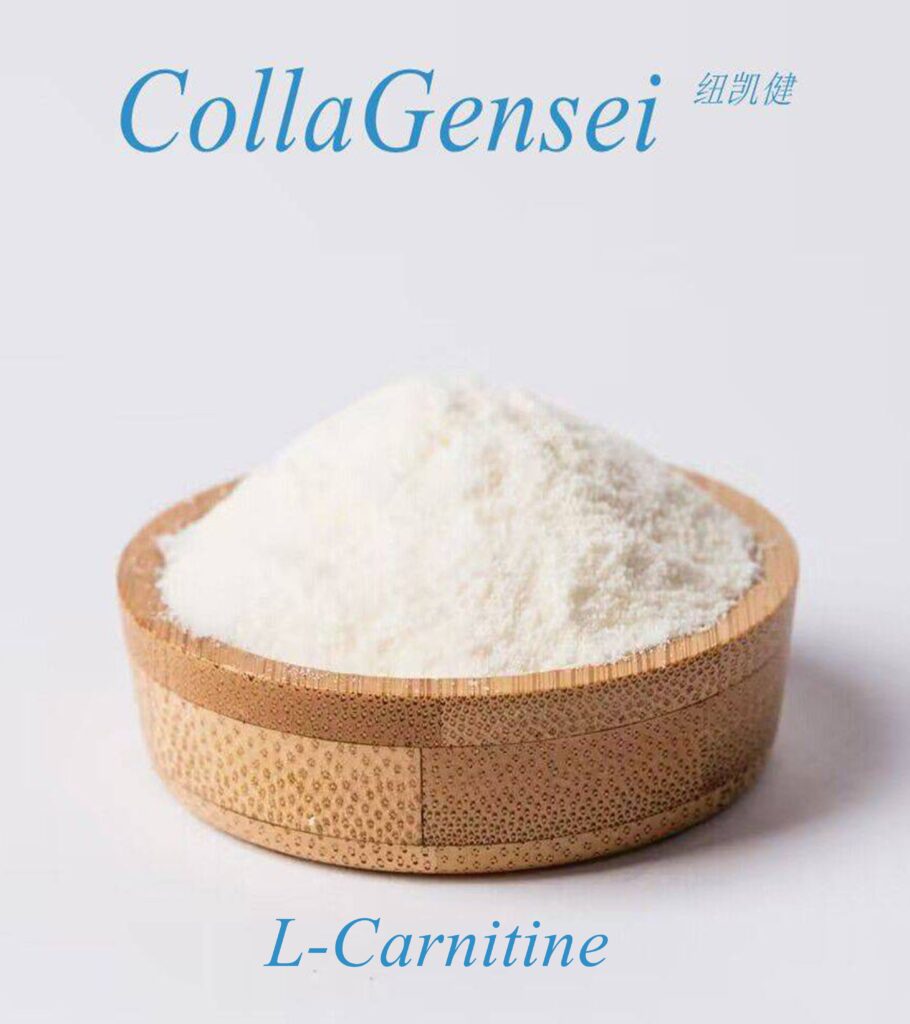Introduction
In the realm of joint health supplements, glucosamine is a well-known player. As a natural compound found in cartilage, glucosamine is believed to support joint health and reduce symptoms of osteoarthritis. Among the different glucosamine supplements available, glucosamine sulfate and glucosamine hydrochloride (HCl) are the most common. This article delves into the differences between glucosamine sulfate and glucosamine HCl, examining their chemical properties, health benefits, effectiveness, and practical considerations.
1. Understanding Glucosamine
1.1 What is Glucosamine?
Glucosamine is a naturally occurring amino sugar that is a vital component of cartilage and connective tissues. It plays a crucial role in maintaining the structural integrity of cartilage, which cushions the joints and allows for smooth movement.
1.1.1 Chemical Structure and Function
- Chemical Composition: Glucosamine is derived from glucose and an amine group. Its chemical structure is essential for forming glycosaminoglycans and proteoglycans, critical for cartilage health.
- Biological Role: Glucosamine contributes to the synthesis of cartilage components, promoting joint health and potentially reducing the progression of osteoarthritis.
1.2 Forms of Glucosamine Supplements
Glucosamine supplements come in various forms, with glucosamine sulfate and glucosamine HCl being the most prominent. Each form has unique properties and uses.
2. Glucosamine Sulfate
2.1 What is Glucosamine Sulfate?
Glucosamine sulfate is a compound where glucosamine is combined with sulfur, forming a sulfate salt. It is widely used as a dietary supplement to support joint health and alleviate symptoms of osteoarthritis.
2.1.1 Chemical Structure and Composition
- Chemical Composition: Glucosamine sulfate consists of glucosamine combined with sulfate ions. The sulfate component is believed to contribute to synthesizing glycosaminoglycans, which are essential for cartilage structure.
- Biological Role: The sulfate in glucosamine sulfate is thought to enhance its ability to support cartilage repair and reduce inflammation, making it a popular choice for managing joint health.
2.2 Benefits of Glucosamine Sulfate
- Joint Health: Research indicates that glucosamine sulfate may help reduce symptoms of osteoarthritis, such as joint pain and stiffness, and improve joint function. It is often used in combination with other joint-supporting compounds like chondroitin.
- Cartilage Repair: The sulfate component is believed to support the repair and maintenance of cartilage, promoting overall joint health.
- Anti-Inflammatory Effects: Some studies suggest that glucosamine sulfate may have anti-inflammatory properties, helping to reduce joint inflammation.
2.3 Research and Evidence
- Clinical Studies: Numerous clinical trials have investigated the efficacy of glucosamine sulfate. Many studies suggest that it effectively reduces joint pain and improves function, particularly in individuals with osteoarthritis.
- Comparison with Other Forms: Research comparing glucosamine sulfate to glucosamine HCl shows that both forms are beneficial. However, glucosamine sulfate has a more extended history of clinical use and established efficacy.
- Glucosamine Hydrochloride (HCl)
3.1 What is Glucosamine HCl?
Glucosamine hydrochloride (HCl) is a form of glucosamine where the glucosamine is combined with hydrochloric acid. This form is often a dietary supplement for joint health and general wellness.
3.1.1 Chemical Structure and Composition
- Chemical Composition: In glucosamine HCl, glucosamine is bonded with hydrochloric acid. This results in a highly soluble form of glucosamine.
- Biological Role: Glucosamine HCl provides the body with glucosamine necessary to produce cartilage components. It is used to support joint health and reduce symptoms of osteoarthritis.
3.2 Benefits of Glucosamine HCl
- Joint Support: Like glucosamine sulfate, glucosamine HCl is used to support joint health and reduce symptoms of osteoarthritis. It is believed to contribute to cartilage repair and maintenance.
- Solubility: The HCl form is highly soluble, which may enhance its absorption in the digestive tract.
- Reduced Allergenicity: Glucosamine HCl is often preferred by individuals with shellfish allergies as it may have a lower risk of causing allergic reactions than other forms.
3.3 Research and Evidence
- Clinical Studies: Research on glucosamine HCl is less extensive than glucosamine sulfate. However, studies suggest that it can effectively support joint health and reduce pain.
- Comparison with Other Forms: While glucosamine HCl is effective, glucosamine sulfate has more robust evidence supporting its efficacy, particularly in reducing osteoarthritis symptoms.
- Comparing Glucosamine Sulfate and Glucosamine HCl
4.1 Chemical Differences
- Sulfate vs. HCl: Glucosamine sulfate contains sulfate ions, which are thought to enhance its ability to support cartilage repair. Glucosamine HCl, on the other hand, is bonded with hydrochloric acid and is highly soluble.
- Absorption and Bioavailability: Both forms are well-absorbed in the body, but glucosamine sulfate’s sulfate component may provide additional benefits related to cartilage health.
4.2 Efficacy and Benefits
- Clinical Effectiveness: Glucosamine sulfate has a more extended history of use and extensive research supporting its efficacy in reducing joint pain and improving function. Glucosamine HCl is effective but may have less clinical backing.
- Application and Use: Both forms support joint health, but individual preferences and specific health needs may influence their choice.
4.3 Safety and Side Effects
- Common Side Effects: Both forms are generally well-tolerated. Common side effects include gastrointestinal issues such as bloating and gas. Individuals with shellfish allergies should consult a healthcare provider, as glucosamine is often derived from shellfish.
- Drug Interactions: Glucosamine sulfate and HCl may interact with blood thinners and other medications. It is essential to consult a healthcare provider before starting supplementation.
- Choosing Between Glucosamine Sulfate and Glucosamine HCl
5.1 For Joint Health
- Glucosamine Sulfate: Often preferred for its established efficacy in reducing osteoarthritis symptoms and supporting cartilage repair. It is commonly used in combination with other joint health supplements.
- Glucosamine HCl is a good alternative, especially for those who may have sensitivity to the sulfate component or prefer a highly soluble form.
5.2 For Specific Needs
- Allergies and Sensitivities: Glucosamine HCl may be a better option for individuals with shellfish allergies or sensitivities to the sulfate component.
- Cost and Availability: Glucosamine sulfate may be more widely available and cost-effective due to its more extended history of use and established market presence.
- Practical Considerations
6.1 Dosage and Administration
- Recommended Dosages: Typical dosages for glucosamine sulfate and HCl range from 1,500 to 2,000 mg per day, usually divided into multiple doses. Dosage may vary based on individual needs and product formulations.
- Formulations: Both forms are available in various formulations, including capsules, tablets, and powders. The choice of formulation may depend on personal preference and ease of use.
6.2 Quality and Purity
- Choosing Quality Products: It is important to select high-quality supplements from reputable brands to ensure purity and effectiveness. Look for products that are tested for contaminants and meet industry standards.
Both glucosamine sulfate and glucosamine HCl offer valuable benefits for joint health, but their chemical composition and clinical evidence differ. Glucosamine sulfate has a more extended history of use and more robust evidence supporting its efficacy in managing osteoarthritis symptoms and supporting cartilage repair. Glucosamine HCl, while practical, may be preferred for its solubility and suitability for individuals with sensitivities to sulfate. The choice between the two forms depends on individual health needs, preferences, and specific considerations such as allergies and cost.




